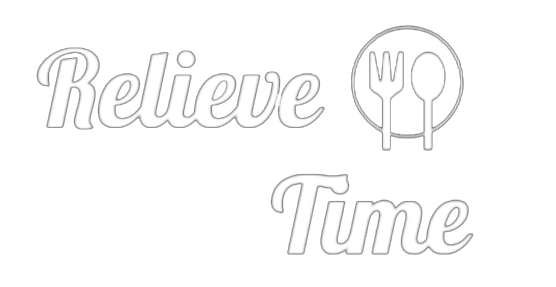Is There Anything Actually French About French Vanilla?
This article is part of our Cocktail Chatter series, where we dive into the wild, weird, and wondrous corners of history to share over a cocktail and impress your friends.
Vanilla is easily one of the world’s most popular flavors, used in everything from ice cream and milkshakes to cakes, waffles, coffees, and more. And while the flavor might have an unfair reputation for being a bit boring, many of the world’s most popular desserts and other sweet treats simply wouldn’t taste the same without it.
If you take a closer look at the vanilla you’re using, though, you might notice that there are different versions of the spice. There’s Madagascar, Tahitian, Mexican, and Ugandan vanilla, and then there is, of course, French vanilla, one of the most recognizable versions of vanilla. But what exactly is it? If Madagascar vanilla comes from Madagascar, Tahitian vanilla comes from Tahiti, and Mexican and Ugandan vanilla come from Mexico and Uganda, respectively, does French vanilla come from France? Well, not exactly.
Rather than describing a place of origin, the term French vanilla actually refers to a technique the French use to make vanilla ice cream. In order to give the ice cream a creamier texture and richer flavor, the French use egg yolks to create a custard base for their ice cream. It’s a contrast to the vanilla ice cream made in the Philadelphia style, which uses cream, milk, and sugar as its base. It’s for this reason that French vanilla ice cream will tend to have a yellowish hue while standard vanilla ice creams typically appear white.
While standard vanilla ice cream might deliver vanilla flavor, egg yolks make French vanilla ice cream lusher and creamier, and provide stronger caramel-vanilla notes. Other French desserts, like canelés and crème brûlée, incorporate egg yolks into their bases, delivering a custard-like consistency and texture.
But French vanilla isn’t just used to describe ice cream flavors or production techniques anymore — the term is on everything from coffee creamers to extracts. This is where some marketing might come in. While non-ice cream French vanilla products might have a distinguishable taste from their standard vanilla counterparts, it’s highly unlikely that egg yolks are used to make them. Instead, it’s far more likely that a different flavoring agent is added to standard vanilla to give it the same rich nuttiness as French vanilla ice cream.
Take coffee creamers and syrups as an example. While some creamers and syrups might have egg yolks incorporated in the recipe, it’s far more likely that something like hazelnut syrup or hazelnut extract was added to give it the signature “French” flavor. French vanilla flavor can also be achieved by adding caramel or butterscotch syrups to provide the nutty, custard-like note.
It’s also no secret that the French have an incredibly impressive culinary reputation — it’s why most Western culinary schools train based on French techniques. As such, it’s quite possible that some brands selling French vanilla-flavored products simply added the “French” classification as a means of convincing consumers of its fanciness and high quality.
So the next time you’re hankering for a vanilla-flavored treat that’s rich and creamy, opt for French vanilla. But if there’s no perceivable difference from a standard vanilla flavor, it’s quite possible that the flavor description is more marketing than anything else.
The article Is There Anything Actually French About French Vanilla? appeared first on VinePair.
